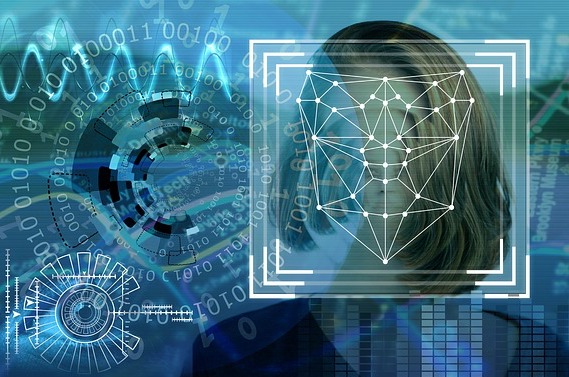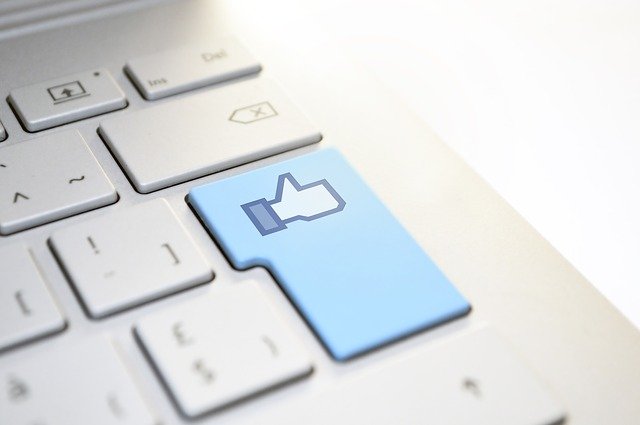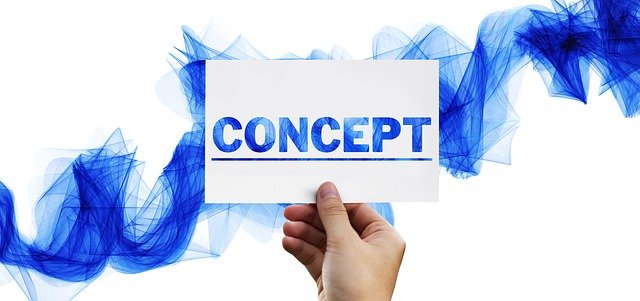Face verification is an increasingly popular method for identity confirmation, and this technology makes it possible to match faces without any prior knowledge. It essentially compares two faces, or face pairs, and determines if the two are actually the same person. This one-to-one mapping of images is a major benefit of face verification, and it allows people to feel secure in public spaces where their privacy is at risk. The use of face pictures for identification in public spaces is becoming more common, and it is helping people gain access to valuable information.
Facial image verification uses facial images to identify the same person. The process relies on decision making, perception, and processing. In the most common scenario, a terminal device compares a user’s pre-registered photo with a photo that is captured on the spot. The identification is then verified and can be used in many situations, including financial and information security. The same technology is used in airport and highway security checks, where a person must hold a valid ID card and pass through an inspection channel to get through a checkpoint.
System generates face biometric data
The Face Verification system generates face biometric data and exports it to Neurotechnology for use in a variety of situations. It can be used for online security and even as a second authentication factor in mobile applications. By applying 30,000 invisible points to a person’s face, the system can accurately identify them despite wearing heavy makeup or a beard. The best part is that this technology works at night! It is a vital feature for online security and is also compatible with other facial recognition systems.
Face verification requirement
Face verification requires the identification of the same person based on biometric data obtained from a face image. It is a highly complex process that requires sophisticated algorithms to recognize a person’s face. The technology is used in mobile devices to verify that two faces are the same. In fact, there are two main types of facial recognition: the same-domain method and cross-domain method. The same-domain model enables cross-domain verification with high-quality images and video.
This technology is extremely useful for security purposes. The algorithms can detect a face from a photo or video. By comparing these two images, the algorithm can determine whether the person is a fake or not. These algorithms are designed to distinguish between human faces and fakes, so they must be as similar as possible. The software must be compatible with all of these technologies to ensure that they work properly. If the features are not the same, the system cannot detect the user.
The most common scenario for face verification is in the airport and highway security. In this application, a terminal device compares a user’s photo with a pre-registered photo. By comparing these images, the system can determine the person’s identity. A 1:1 comparison between a photo and an ID card is known as a “facelock”. It is the most effective method for authentication in these situations. A person who uses a photo can be a fake, whereas a face that does not match the same person is a fake.
Face verification is an increasingly popular means of identity verification in a digital world. It is a great convenience for consumers, but it also has significant privacy concerns. The technology has been used in numerous applications, including mobile phones and other digital items. The Apple iPhone X, for example, requires a user to enter their face to use the device, and has faced a backlash due to privacy concerns. This technology is subject to strict GDPR rules.




